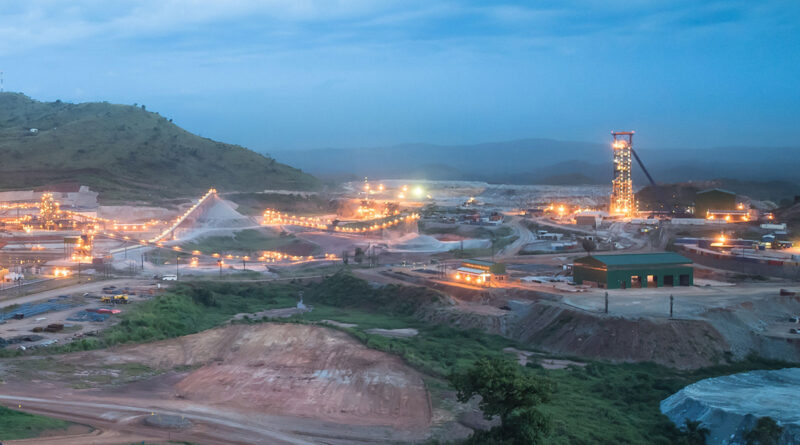Gold mines generate nearly 1 ton of CO2 per ounce of gold in 2019
Gold mines emitted on average 0.8 tonnes of CO2 equivalent for every ounce of gold that was produced in 2019; however, stark differences exist both regionally and across open pit versus underground mining methods.
Gold has been one of the best-performing metals of 2020, benefiting greatly from the uncertainty 2020 has brought. Strong price performance over the past several years has also led to a large number of new mines opening in recent years.
Underground mines, which operate at higher grades and process less material, generally have lower greenhouse gas footprints than their larger open pit counterparts. For every ounce of gold produced, underground mines emit less than half the amount of carbon dioxide equivalent that open pits do.
Open pit mines are emitting 0.85 tCO2e on average per ounce of gold produced whereas underground mines contribute only 0.40 tCO2e/oz. Open pit mines also process roughly five times the amount of ore at an average grade of around 1.05 g/t Au for the population evaluated, versus 3.25 g/t Au for underground mines.
Though most mines typically emit less than 70 tCO2e per thousand tonnes of ore processed each year, regional variations do exist. Australian gold mines have a comparatively high greenhouse gas intensity — emitting more greenhouse gas per kilotonne of ore processed — roughly on par with Russian gold mines.
Canadian mines have among the lowest greenhouse gas intensities, in part due to the large proportion of higher-grade underground mines. Another significant factor is the source of power across the country, with as much as two-thirds of the country’s electricity is derived from renewable sources and 82% from non-greenhouse gas emitting sources.




